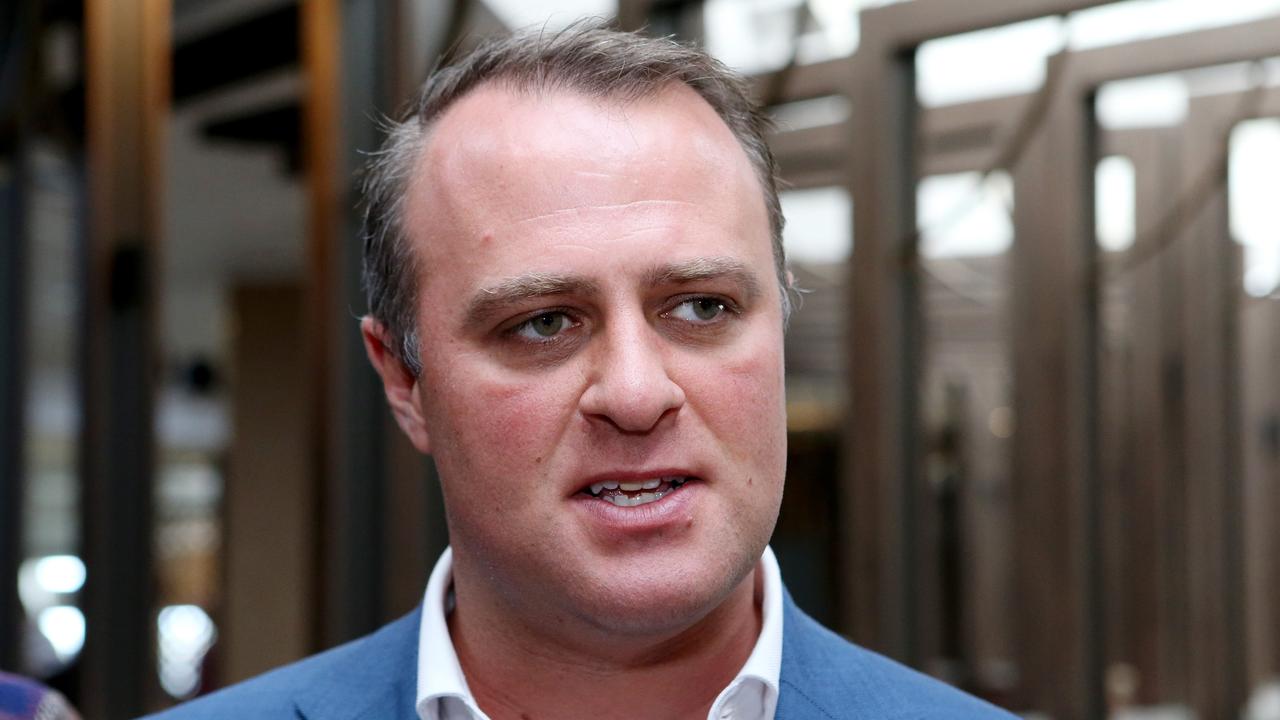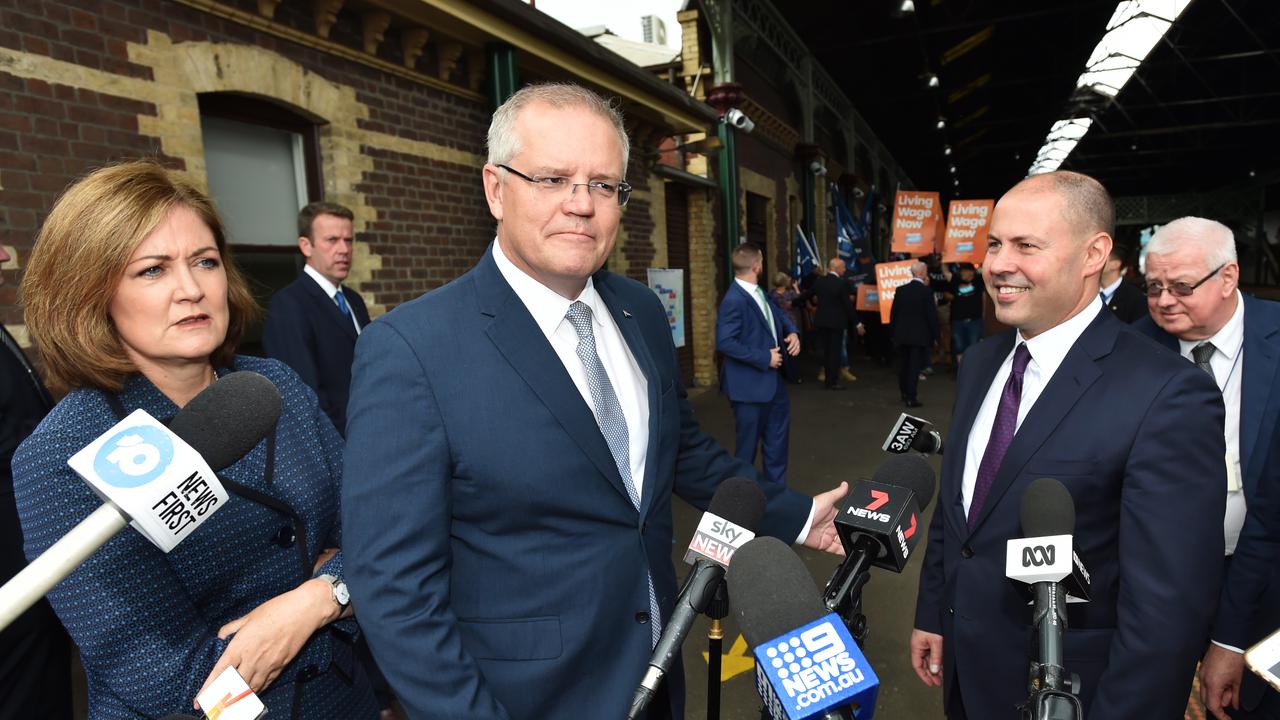Treasury failed to note how tax changes people’s ways
The government has confirmed it made no attempt to factor in behavioural changes when estimating the cost of income tax cuts.
The government has confirmed it made no attempt to factor in behavioural changes when estimating the cost to revenue of its seven-year income tax cut plan, suggesting the official $144 billion figure is a wildly inaccurate over-estimate.
Announced in the May budget, the government’s three-stage personal income tax plan, which would boost tax offsets, lift the top income tax threshold to $200,000 and abolish the 37 per cent tax bracket by 2024, would cost $13.4bn over the next four years and $144bn over a decade.
“As a general rule, when Treasury costs changes to personal income tax thresholds we do not quantify any behavioural responses,” Treasury said in a statement. “The costing for the personal income tax plan does not include any quantified behavioural responses.”
Studies consistently show cutting tax rates or lifting thresholds increases hours worked or income declared (i.e. less tax avoidance), which partly offsets the loss in revenue.
“This is not to say that we think that the personal income tax plan won’t create changes in the incentives to work, only that we have not incorporated any of them when estimating the direct cost of the measure,” a Treasury spokesman said.
Based on the $144bn estimate, Labor has attacked the cost of the plan. Using conservative estimates on how taxpayers typically respond to tax cuts, University of Queensland economist John Humphreys last week estimated the government’s tax plan would reduce revenue by $78bn over a decade — half the official estimate.
Internationally, it has been found that taxable income increases by about 0.4 per cent when tax is cut by 1 per cent. In 2012, the British Treasury reversed a 2009 decision to lift its top marginal rate from 40 to 50 per cent, concluding it raised little revenue.
“ETIs (elasticities of taxable income) are extremely important to policy decisions since they are critical in producing accurate costings of policies,” the British Treasury said. “If the response measured by the ETI is large then people will reduce their taxable incomes by a large amount in response to a tax increase.”
In its 2016 Charter of Policy Costing Guidelines, Treasury says: “Wherever possible, costings will take into account the impact of a change in policy on the behaviour of certain groups, where this impacts on the cost of a measure.”
Dr Humphreys told The Australian last week: “It is likely that our top marginal tax rate raises little or no revenue; and the only reason we have it is the political benefit of punishing successful people.”
He noted the Abbott government’s two-percentage-point deficit levy “didn’t raise, and probably resulted in less, revenue”.




To join the conversation, please log in. Don't have an account? Register
Join the conversation, you are commenting as Logout